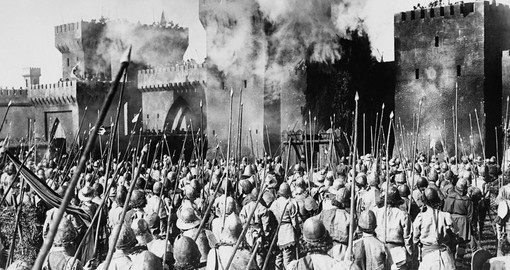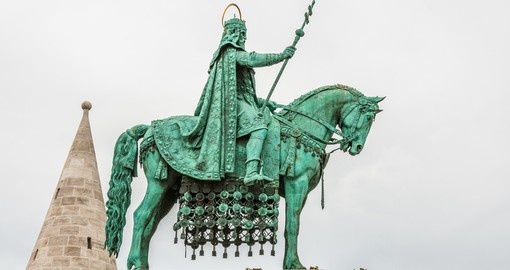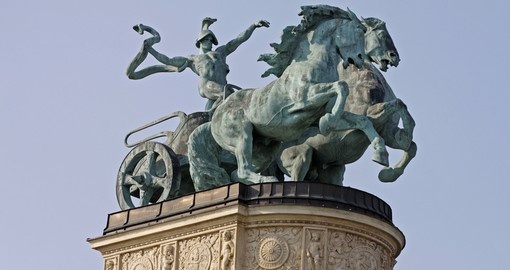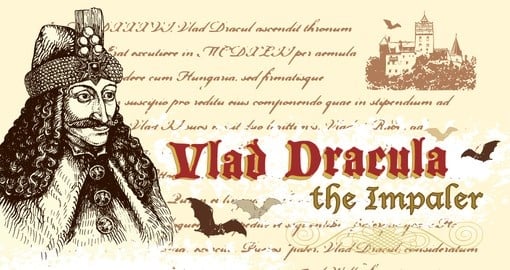Hungary History
The area that Hungary covers have been occupied for hundreds of thousands of years with various tribes and groups like the Celts and the Romans calling the region home. The Magyars, a small nomadic group who originally came from the Central Asian Steppe, had a major impact on Hungary. It is believed they reached the country in the 9th century AD and after meeting very little resistance, they formed a unified and successful kingdom.
Late in the 10th century, Prince Géza formed an alliance with the great Holy Roman Empire which brought Catholicism to Hungary. Both Géza and his son Vajk were baptized and Vajk took the Christian name Stephen. When Stephen became king three years later, he set about establishing Hungary as a Christian nation. Under his reign, the country enjoyed a period of peace and Stephen has often been called the founder of Hungary. Less than half a century after his death, he was canonised and remains a popular saint in the country.
The kingdom eventually fell at the end of the 13th century and many fought to take it over. Hungary came under the French House of Anjou and returned to a policy of conquest. Facing constant threats from the expanding Ottoman Empire, Hungary turned to Matthias Corvinus in the 15th century. Considered Hungary’s last great Medieval ruler, Matthias helped to make Hungary one of Central Europe’s most important powers. The country flourished in a golden age, but unfortunately, Matthias’ successors were not as adept as he was and Hungary fell under Ottoman rule.
The country was divided into three parts, the Hungarian Kingdom, the Habsburg Dominion and the Turkish Dominion. When the Ottoman Empire began to wain in the 17th century, Hungary became part of the Habsburg Dominion. Under Ferenc Rákóczi, a Hungarian aristocrat, the citizens engaged in a war of independence that lasted from 1703-11. They were able to partly take back their independence, signing a peace treaty in 1711.
As revolution swept America and then Europe, there were several uprisings in the mid-19th century. The Act of Compromise of 1867 saw the creation of the Dual Monarchy of Austria and Hungary. Despite this act, both countries existed independently of each other, only conferring on defence and foreign relations. The “Age of Dualism” brought a cultural rebirth in Hungary and much of Budapest was built during this time.
After Archduke Franz Ferdinand of Austria (who was also the Prince of Hungary) was assassinated by Serbian Gavrilo Princip in 1914, Hungary declared war on Serbia. This was known as the shot heard around the world, bringing Hungary into the First World War, allied with Germany. Following the war, in 1918, the union with Austria was dissolved. Admiral Miklos Horthy was elected in 1920 and embarked on a “white terror” in which the country became incredibly rightest and conservative. Horthy continued into the 1930s but hoped that an alliance with Germany wouldn’t mean war. Unfortunately, this was not the case and Hungary joined the war with Germany in 1941. Hungarian soldiers were used as cannon fodder while approximately 430,000 Hungarian Jews were deported to Auschwitz and other labour camps.
Following the war, Hungary became a republic and shrank considerably in size. The Soviets took over forcing the Hungarian Revolution of 1956. The uprising was stopped but not before approximately 20,000 people were killed and a quarter million were exiled. The Hungarian Socialist Workers’ Party, under the leadership of János Kádár, launched a program that would liberalize the social economic state of the country. By the mid-1970s, Hungary was considered ahead of any other Soviet bloc country regarding standards of living.
With the fall of the Soviet Union in 1989, Hungary was able to hold its first free elections in 1990. The country became a full member of the European Union in 2004. Today, Hungary is known for its unique culture that is very different from its neighbours. Outstanding architecture, historic cities and more await visitors to this fascinating country.
Hungary Travel Information
At Goway we believe that a well-informed traveller is a safer traveller. With this in mind, we have compiled an easy-to-navigate travel information section dedicated to Hungary.
Learn about the history and culture of Hungary, the must-try food and drink, and what to pack in your suitcase. Read about Hungary's nature and wildlife, weather and geography, along with 'Country Quickfacts' compiled by our travel experts. Our globetrotting tips, as well as our visa and health information, will help ensure you're properly prepared for a safe and enjoyable trip. The only way you could possibly learn more is by embarking on your journey and discovering Hungary for yourself. Start exploring… book one of our Hungary tours today!
Get a Trip Quote Order a Brochure




















